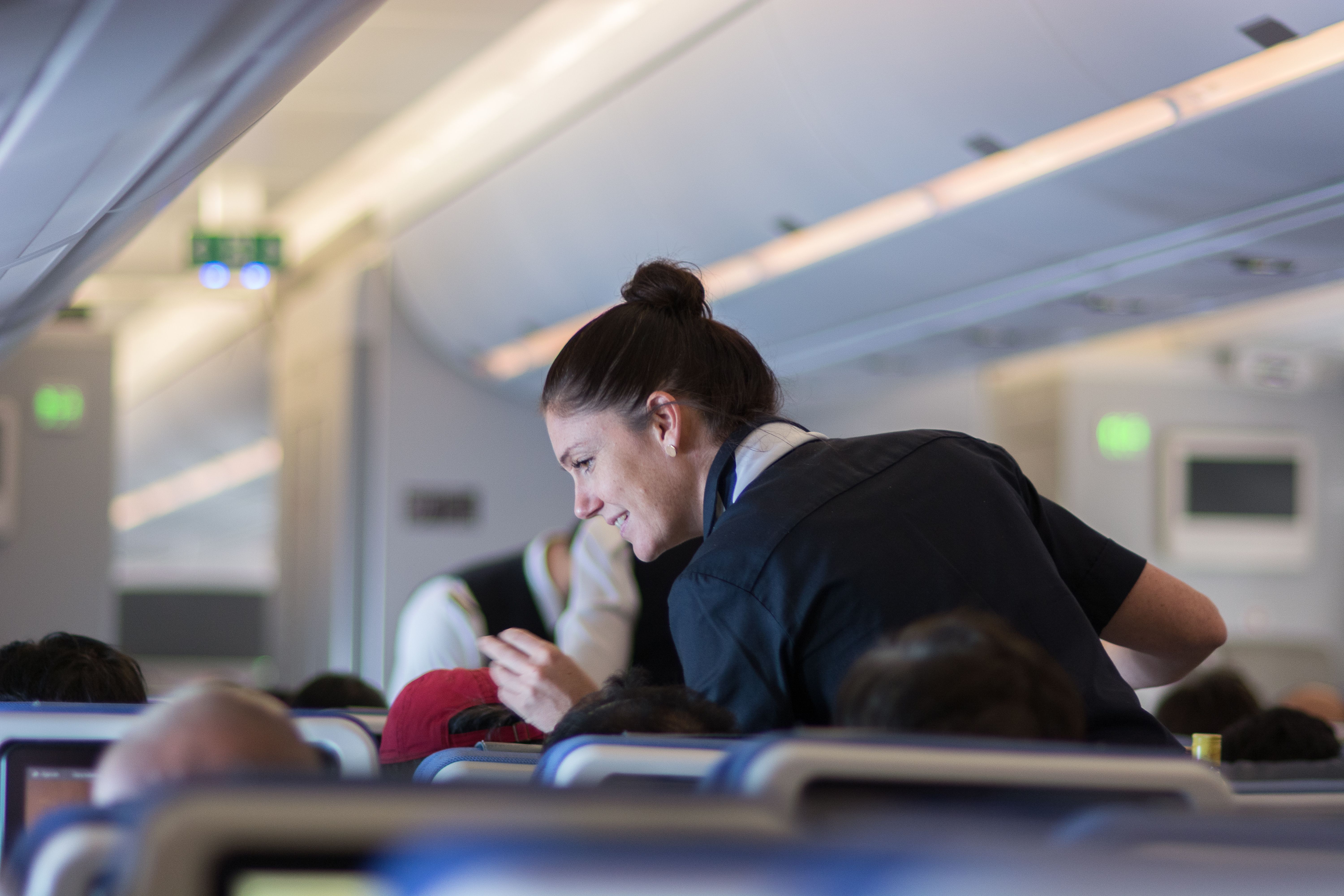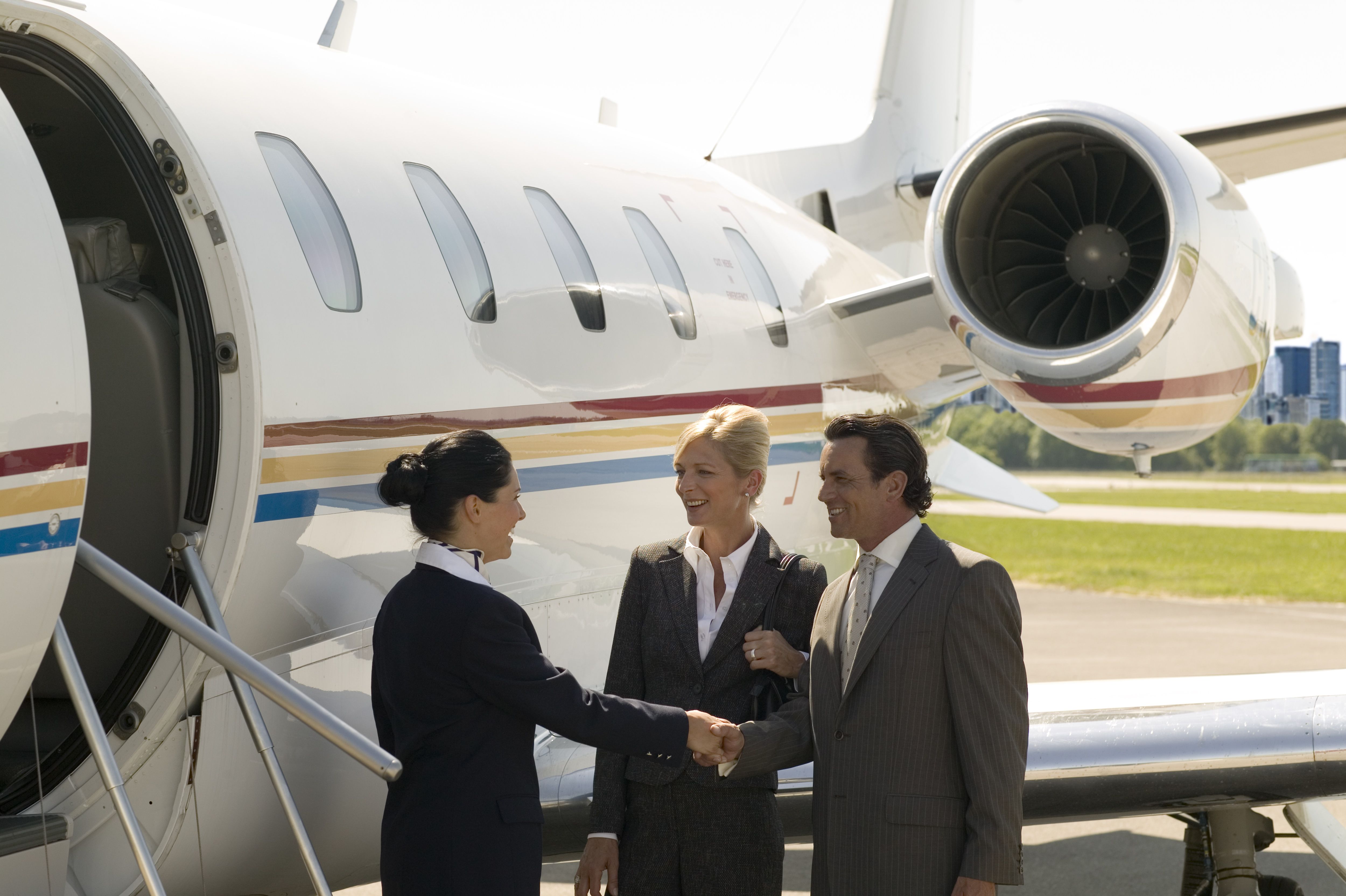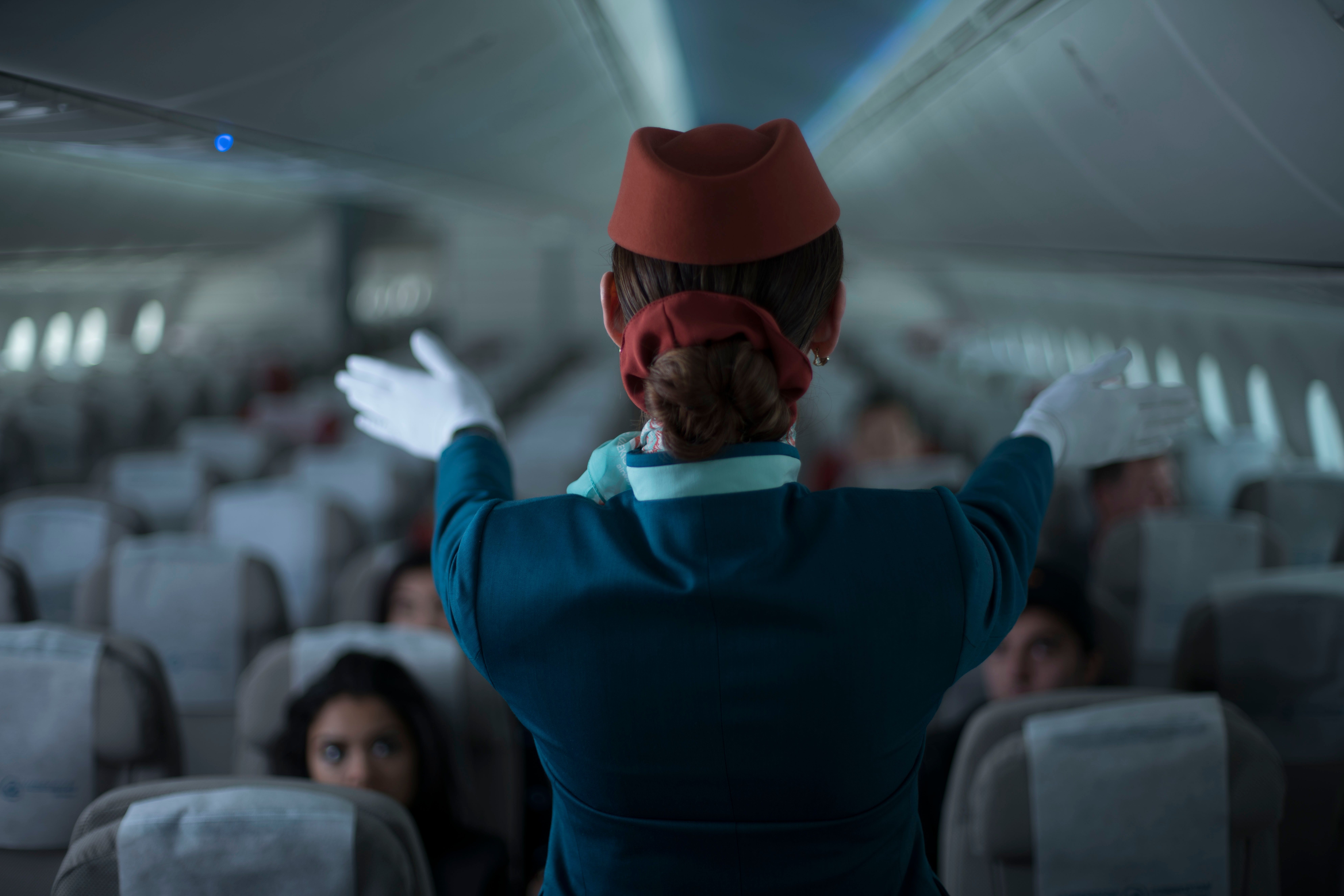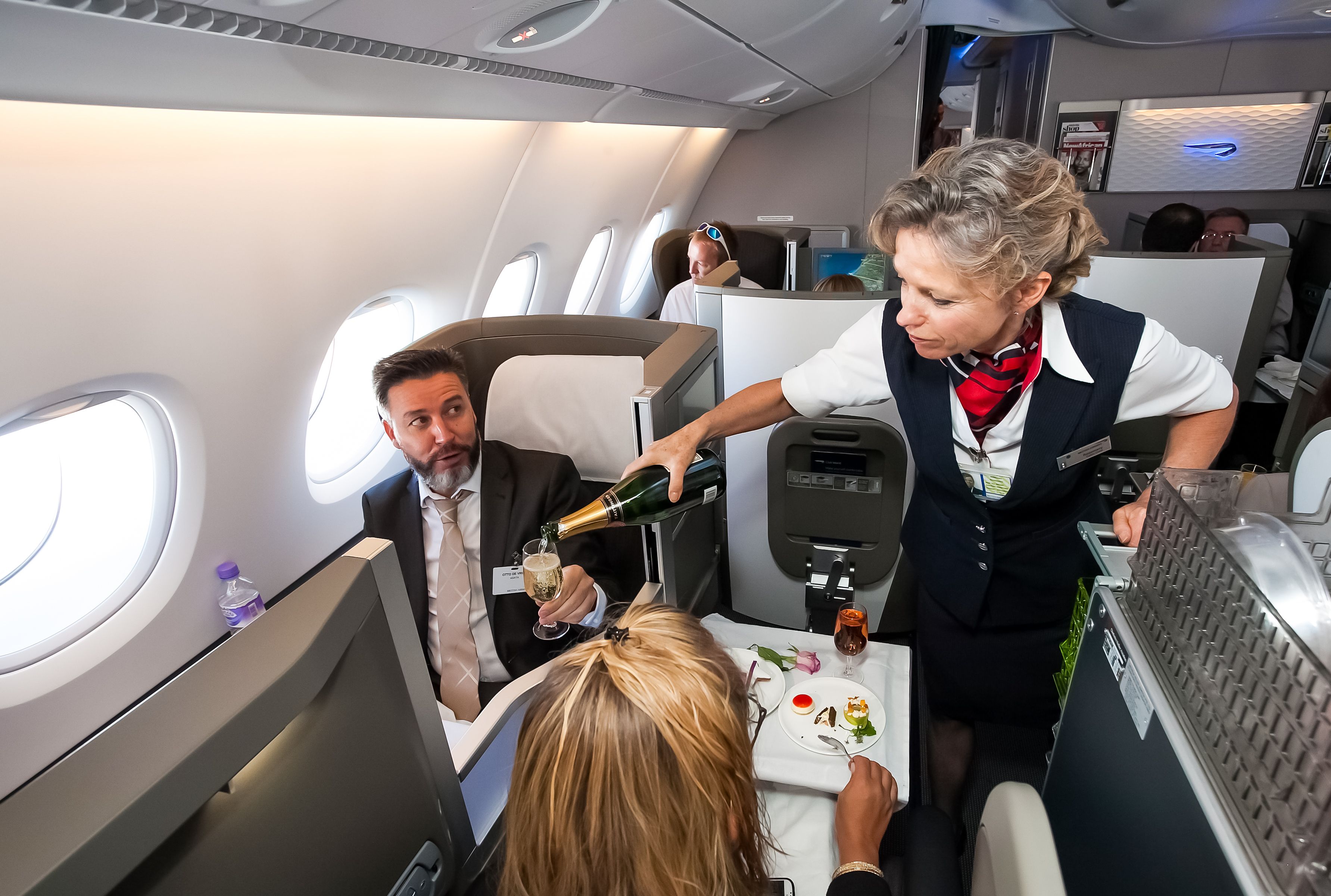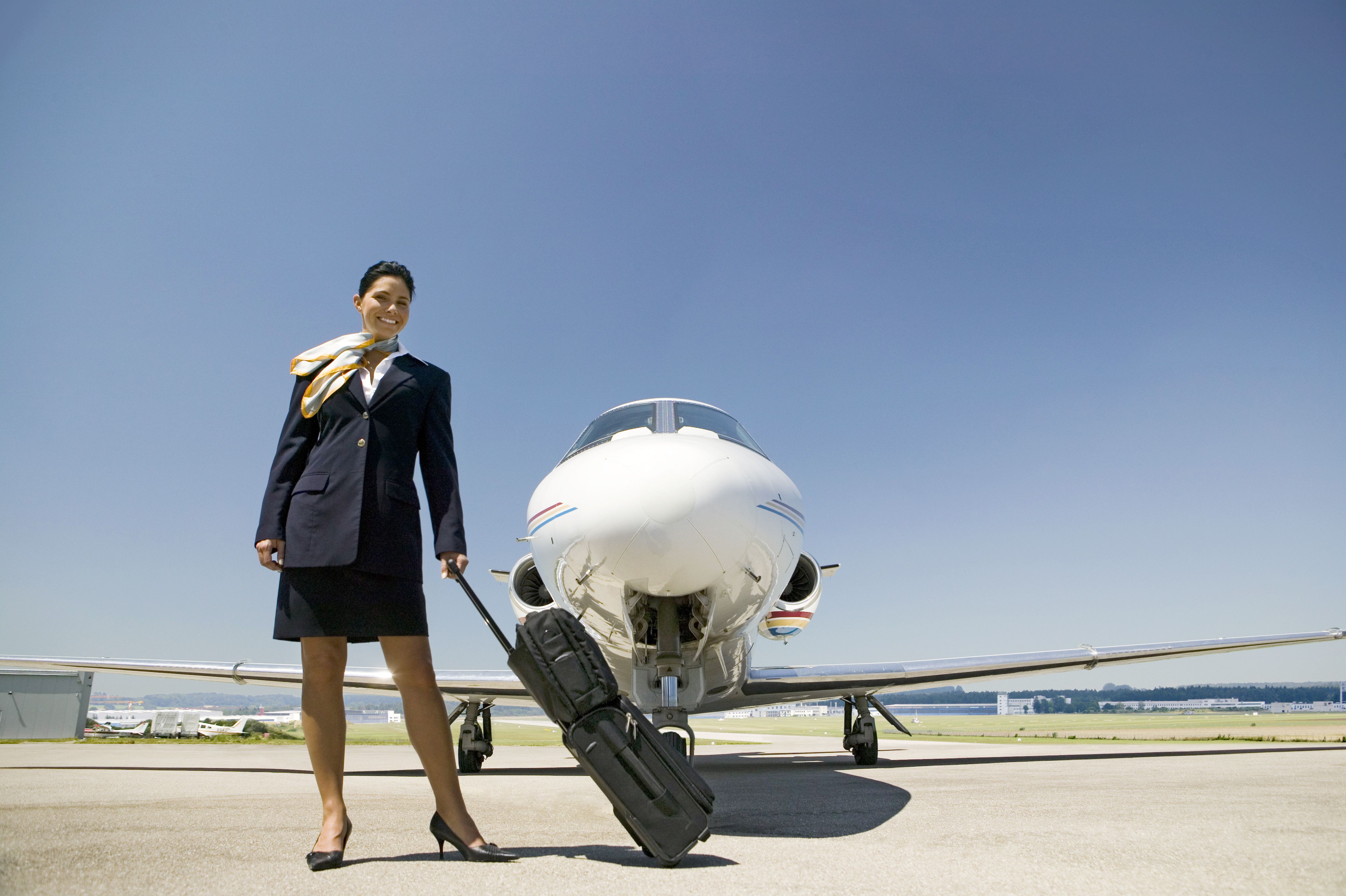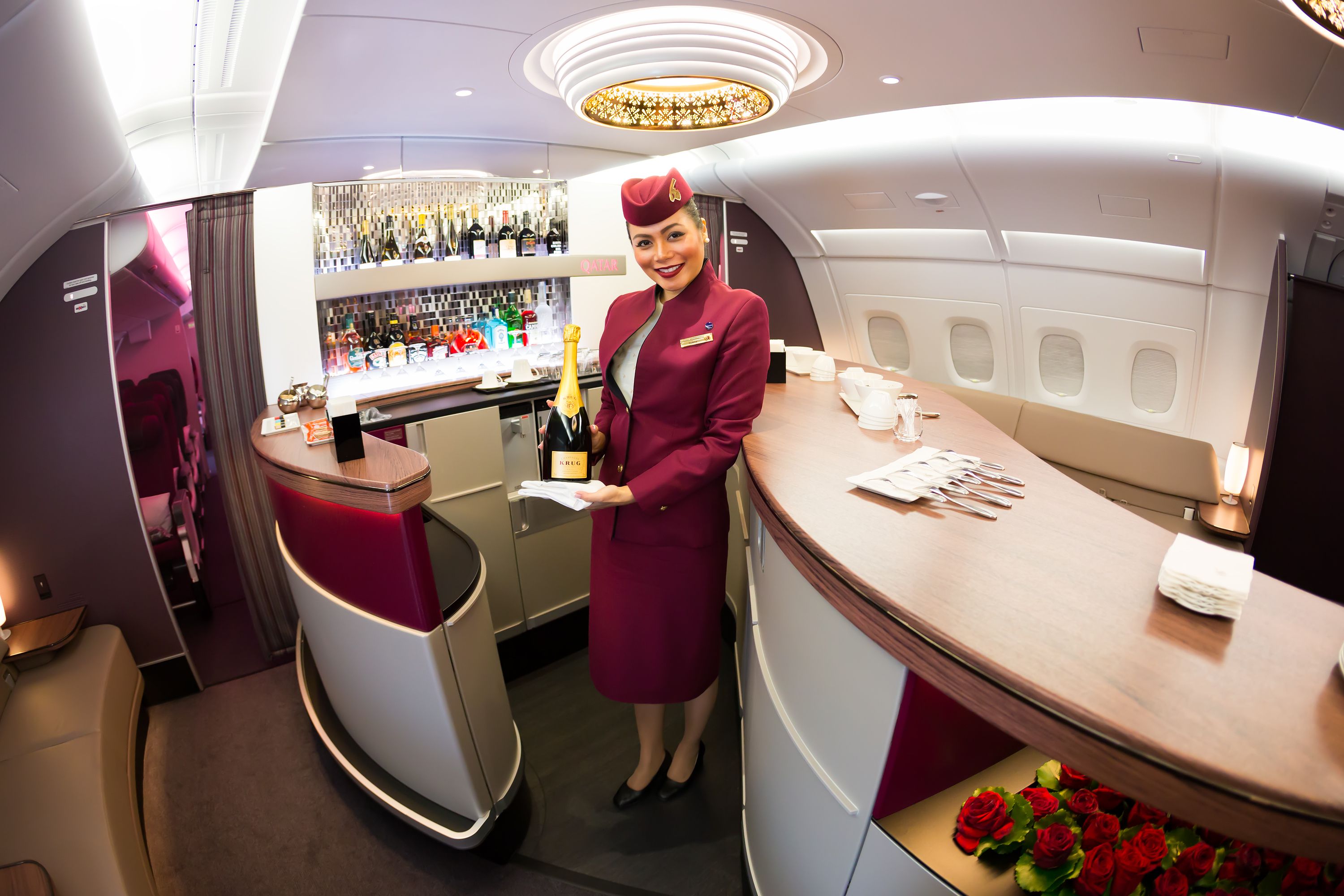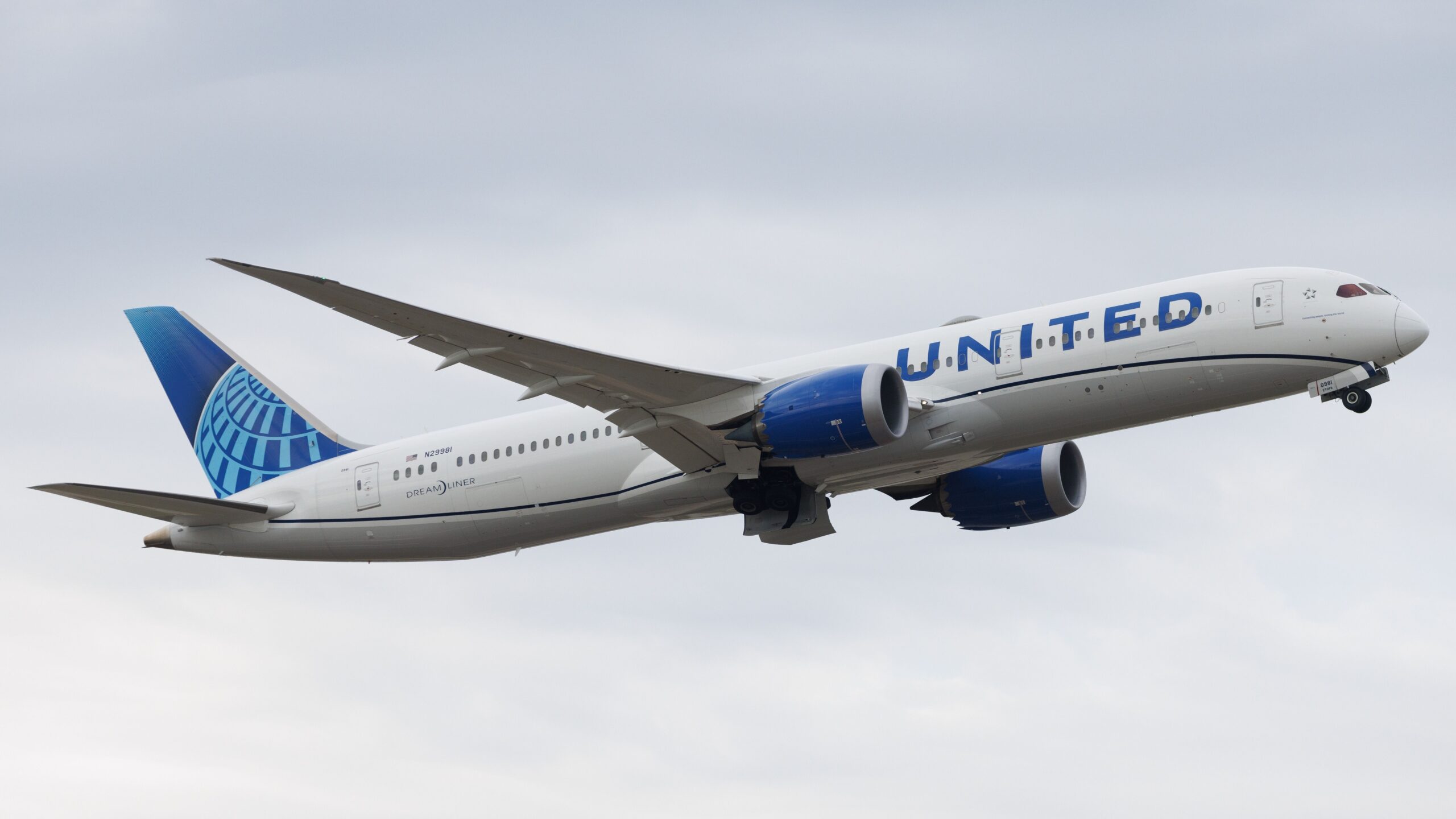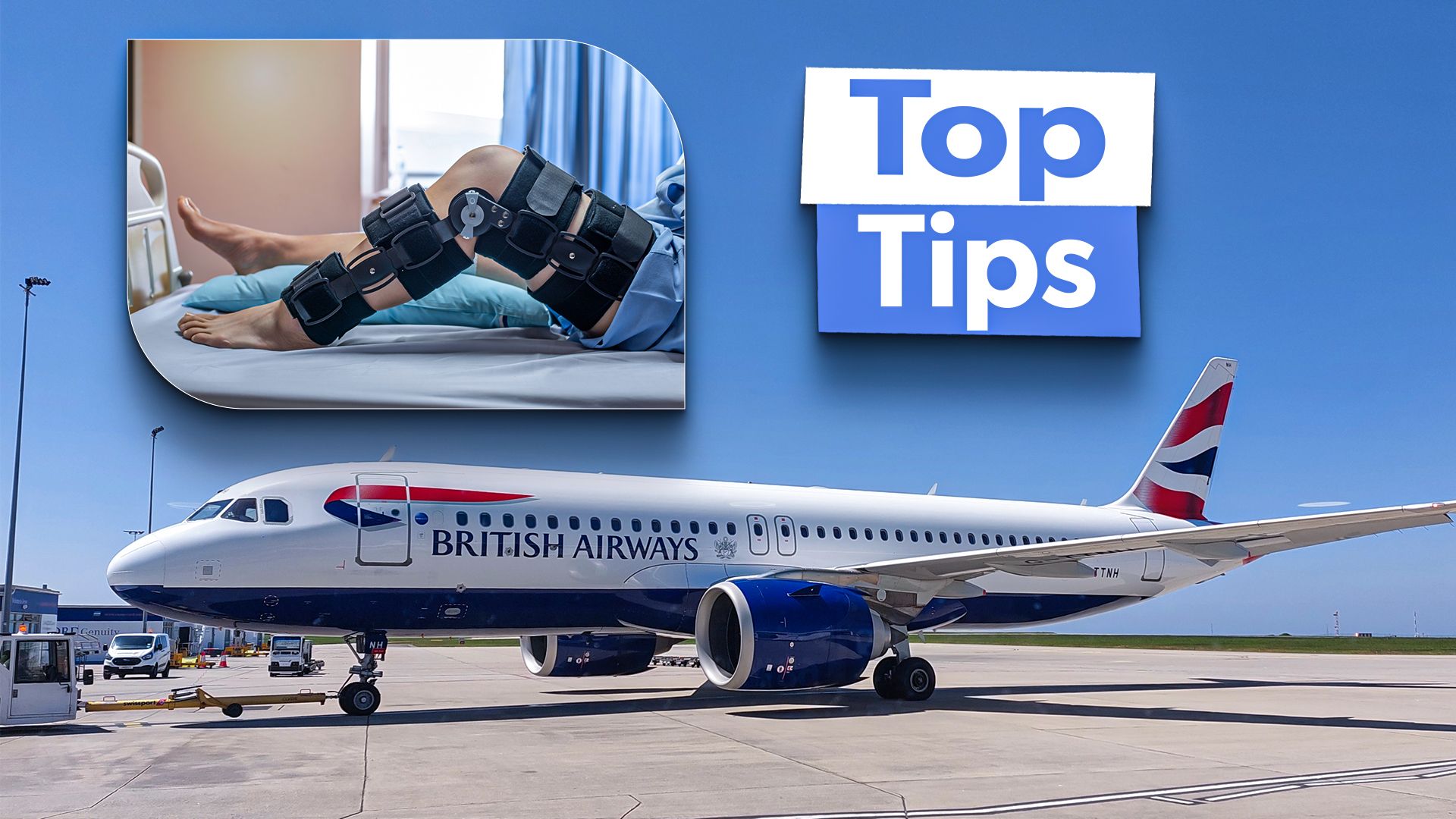Cabin crew members
often lead exciting and dynamic lives, regularly flying to different cities and countries. However, their schedules can be quite challenging sometimes, requiring them to spend time away from their home base.
The layovers at various destinations offer a glimpse into how cabin crew members manage their rest, responsibilities, and leisure time between flights. Here’s an in-depth look at an average layover for cabin crew members based on insights from industry experts and current crew members.
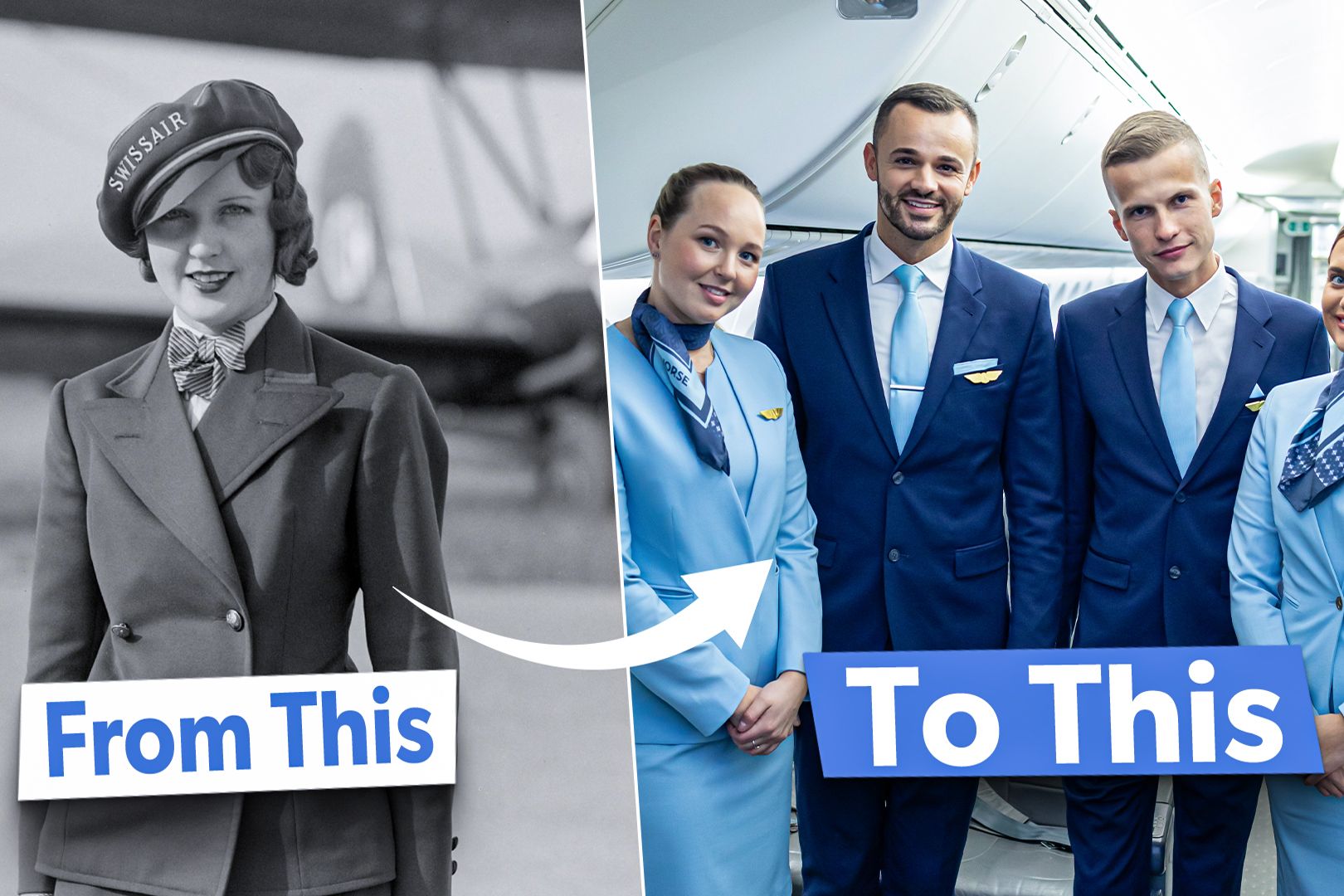
Related
Examined: How Flight Attendant Uniforms Have Evolved Over The Years
Flight attendant uniforms have evolved massively over the last 90 years, with many modern uniforms once again being professional.
Time to rest and recover
The most crucial aspect of a cabin crew layover is rest. Crew members are bound by strict regulations ensuring sufficient downtime to recuperate between flights. According to Cabin Crew Wings, most layovers offer at least 24 hours, but this time can vary depending on the route length, time zone differences, and the airline’s scheduling system. Rest periods are essential for the crew to ensure they are physically and mentally ready for their next flight, as fatigue can severely affect their performance.
Photo: rkl_foto I Shutterstock
Long-haul flights, in particular, require significant rest time.
Crew members
are provided with hotel accommodations where they can rest before their next assignment. According to Aviation Job Search, many airlines house their crew in reputable hotels close to the airport, offering a balance between convenience and comfort. Airlines sometimes provide crew members access to hotel gyms, pools, and other amenities to aid relaxation and recovery.
How long are cabin crew layovers?
- 24 hours: industry and fatigue management standard
- 48 hours: Airline and schedule dependent
- 72+ hours: Schedule dependent, charter operations and multi-leg long-haul trips (LHR-SIN-SYD-BKK-LHR)
The hotel experience
One of the perks of being part of the cabin crew is staying in well-appointed hotels during layovers. According to Aviation Job Search, airlines typically book four or five-star hotels for their crew, ensuring they can access high-quality amenities such as clean rooms, gyms, and room service. The hotels are usually near the airport for convenience, but in some instances, crew members might be placed in city center hotels if time allows them to explore.
Photo: Altrendo Images | Shutterstock
Many flight attendants cherish these brief stays in new locations. Depending on how long the layover is, they may have the opportunity to take advantage of the hotel amenities, relax, and enjoy the local culture before their next flight. GlobeAir notes that hotel stays during layovers are integral to ensuring the crew is well-rested and ready for their subsequent duties. Additionally, crew members often bond during these stays, as they travel with the same group over multiple flights.
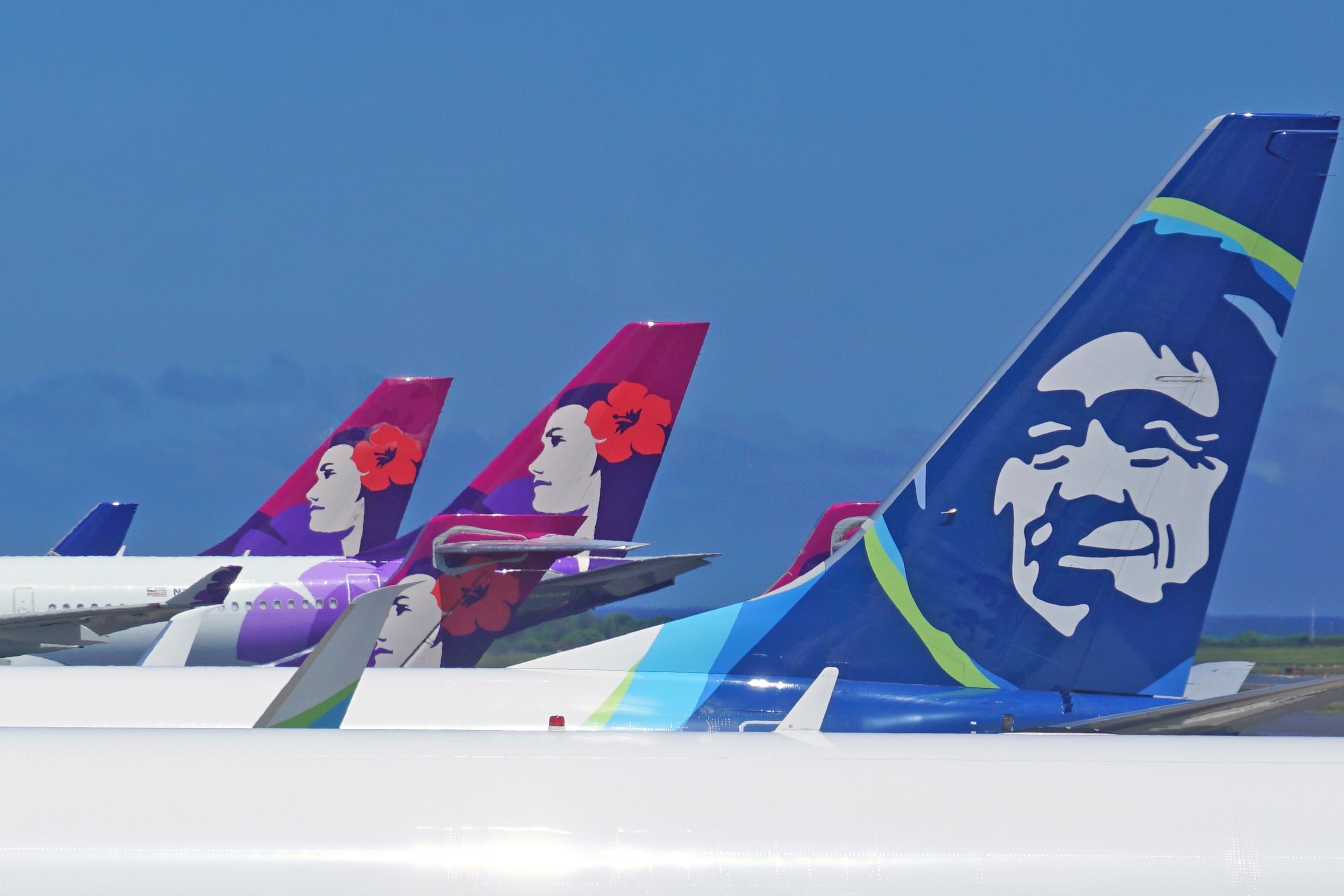
Related
4 Alaska Airlines Flight Attendants Hospitalized After Falling Ill During Flight From Lihue To Seattle
The flight was diverted, and passengers were stuck in Honolulu until the next day.
Exploring new destinations
While rest is the top priority, layovers can also offer exploration opportunities. Many
cabin crew
members love the chance to see new destinations, even if only for a few hours. According to Cabin Crew Wings, one of the joys of being a cabin crew is the ability to experience different cultures and cities.
Some layovers are more adventurous than others. For example, I have been to New York over 30 times, so it’s unlikely you will find me wondering Times Square. However, when I’m in Cape Town, rest assured you’ll find me touring a vineyard or climbing table mountain.
Depending on the layover duration, crew members may have a chance to venture out, enjoy local cuisine, visit landmarks, or even shop. For example, a crew with a 48-hour layover in a major city like London or Paris might have ample time to explore the city’s attractions.
Photo: Feruzbek | Shutterstock
However, crew members who fly ultra-long-haul routes might find their layovers are shorter and more restricted. According to flight attendants discussing their experiences on Reddit, many international crew members share that while layovers can offer fantastic opportunities for exploration, they also come with fatigue and the need for recovery. Therefore, they often must balance the desire to explore with the need to rest adequately.
Layover limitations
It’s important to note that layovers are not always a holiday, and there are significant restrictions on how crew members can spend their time. According to Cabin Crew Wings, airlines enforce strict rules on crew members during layovers.
Crew members are not allowed to engage in risky activities or behavior that might impair their ability to work effectively when they return. This includes drinking excessively or engaging in dangerous sports. Airlines often provide guidelines on appropriate layover behavior, and crew members can face disciplinary action if they fail to comply.
Photo: Sunshine Seeds | Shutterstock
Furthermore, some layovers can be very short, particularly for short-haul flights, offering little to no opportunity to explore. In these cases, cabin crew might spend most of their time in the hotel, resting and preparing for the next leg of their journey. According to, Aviation Job Search, not all layovers are glamorous; sometimes, crew members are in and out of a city in less than 12 hours. This can make international travel feel much more like routine work than an adventure.
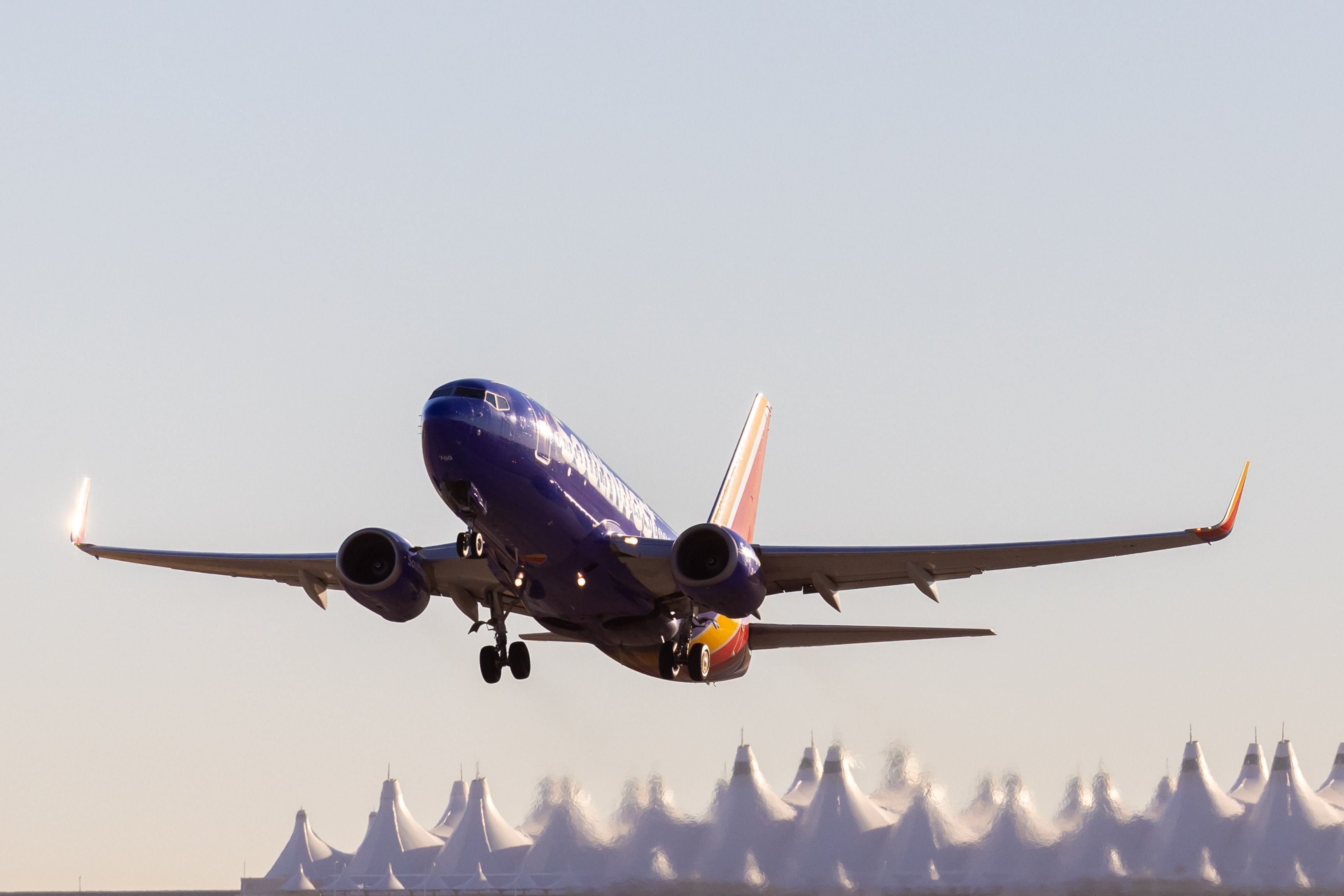
Related
“Restrictive” NDA Prompts Southwest Airlines’ Flight Attendant Union To Decline Meeting With Management
The airline will meet with Elliott Investment Management on September 9th.
Safety and security
Safety is a top concern for airlines when choosing accommodations and setting guidelines for their crew during layovers. According to GlobeAir, airlines often vet hotel locations carefully, ensuring they are in safe areas with access to secure transportation for the crew. Crew members are usually transported directly from the airport to their hotel and back, with minimal time spent in transit. This maximizes their rest time and ensures their safety in unfamiliar locations.
Photo: Altrendi Imaages | Shutterstock
Additionally, during the
COVID-19 pandemic
, the cabin crew’s layover experience changed dramatically. Many crew members were restricted to their hotel rooms, and they had limited or no ability to explore the destination. Airlines implemented strict quarantine measures, and even post-pandemic, some of these safety protocols remain in place in specific destinations.
Managing time zones and jet lag
Another significant factor in a cabin crew’s layover experience is managing time zone shifts and jet lag. According to Reddit, jet lag is one of the most challenging aspects of flying long-haul routes. Many crew members have developed strategies to minimize its impact, such as adjusting their sleep schedule in advance or taking short naps during flights. However, this doesn’t entirely alleviate the stress that time zone shifts can place on the body.
Photo: M101Studio | Shutterstock
During layovers, cabin crew members often prioritize rest to reset their body clocks, especially when flying across multiple time zones. According to Cabin Crew Wings, adjusting to local time quickly helps crew members stay alert and refreshed for their return flight.
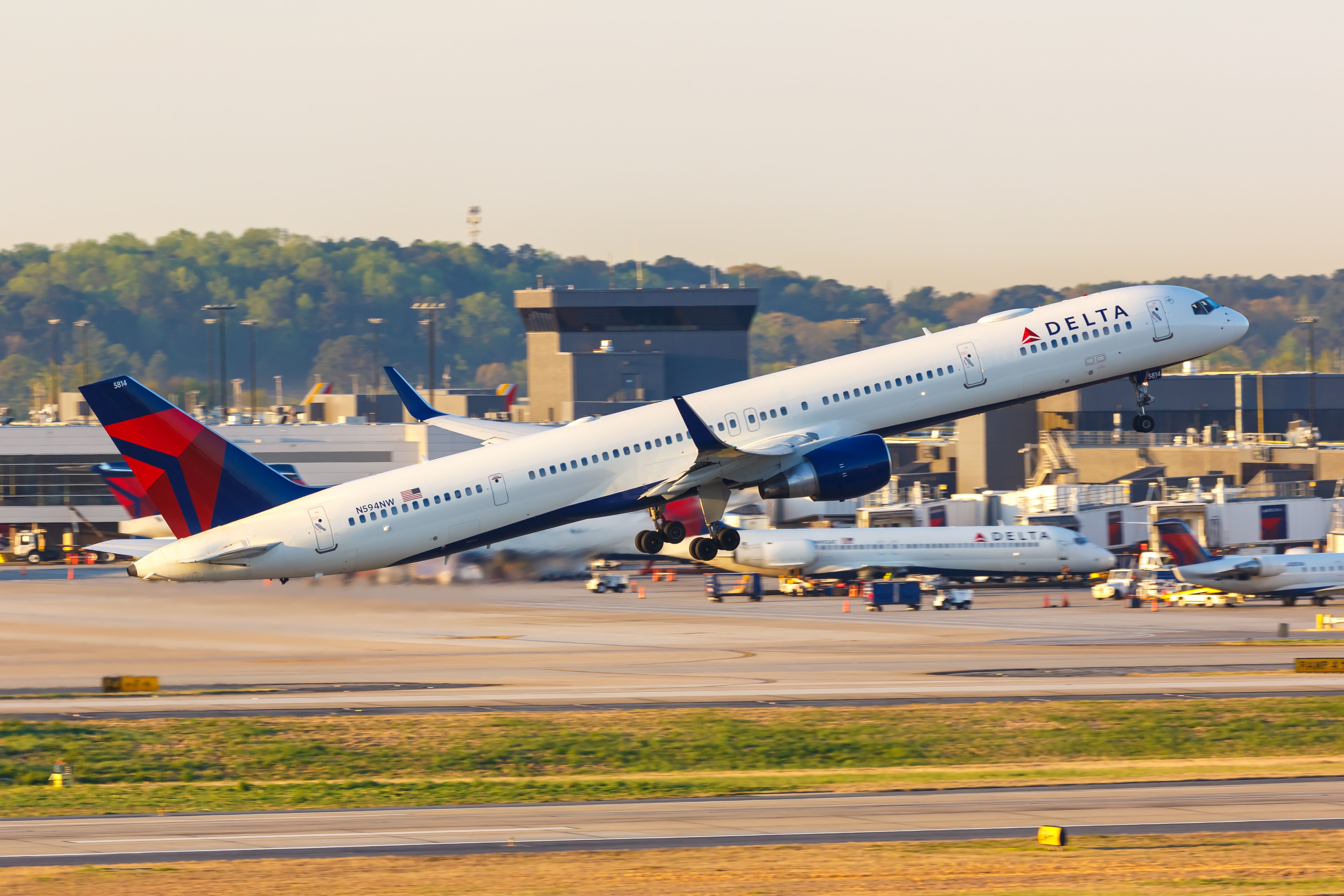
Related
Delta Air Lines Sued After Flight Attendant Smashes Passenger Repeatedly With Loaded Trolley
A Delta Air Lines passenger is suing the company after being hit on the shoulder by a beverage cart while flying from Paris to NYC.


